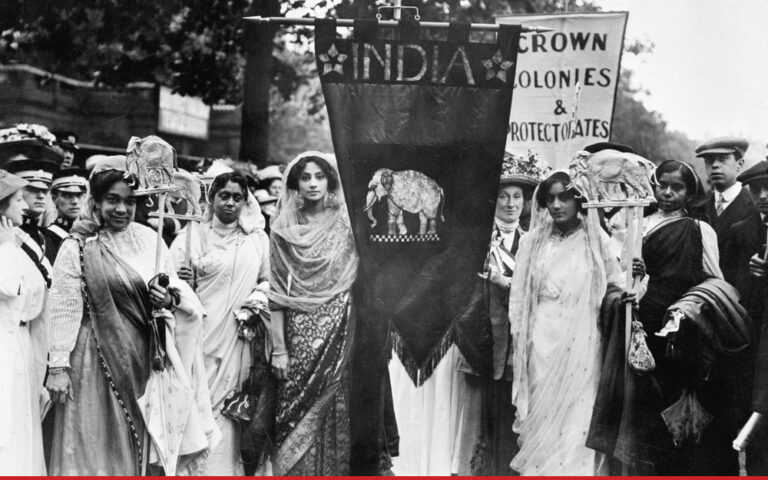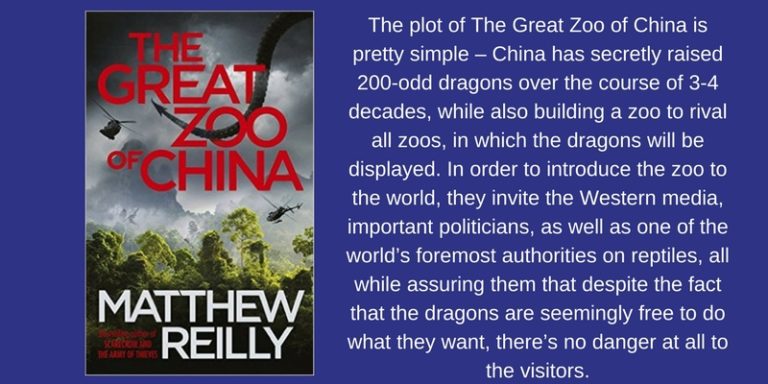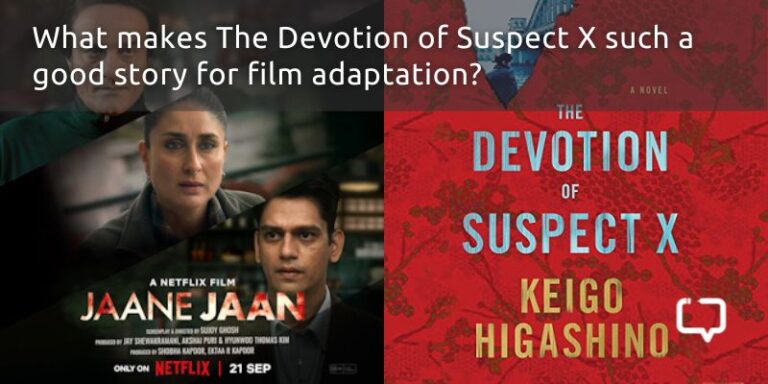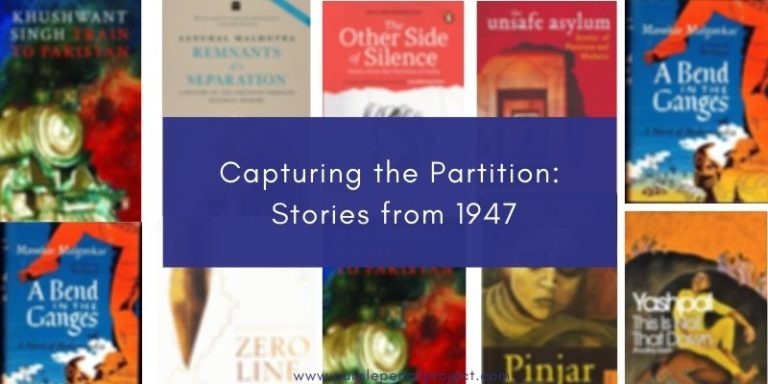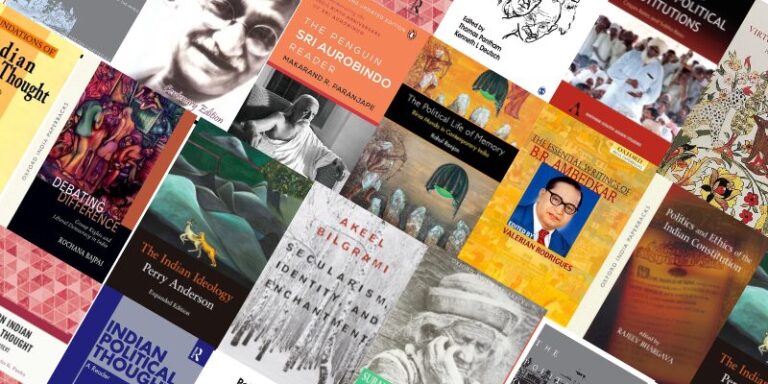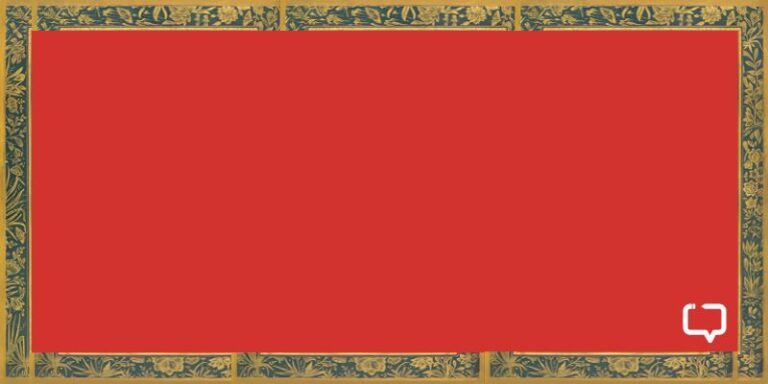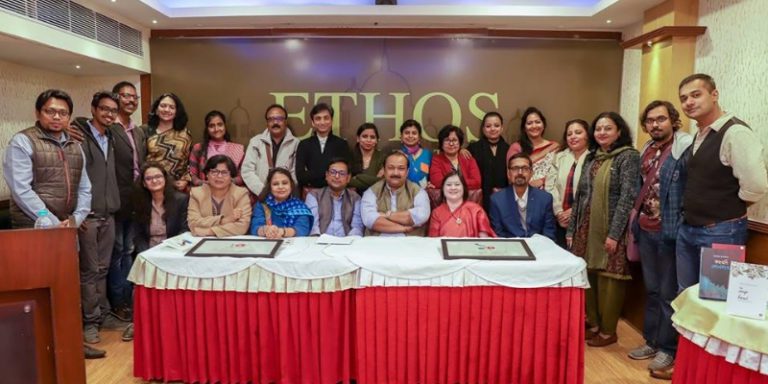The Enchantress of Florence, published in 2008, is Salman Rushdie’s most researched novel. It includes Indian, Persian, and Florentine history at large. In the late fifteenth century, India and Europe had their first encounter. It was a time when there was a philosophical shift – everything that was believed to be true turned out to be false. During the renaissance, there was a focus on building a sense of individual (liberal humanism) as well as community. And yet, there was no evidence of movement from India to the West. It is this absence that led Rushdie to invent a journey that never happened. Adding to that, he created a fictional character who was a woman who used her sexuality and enchantment to travel from East to West.
We encourage you to buy books from a local bookstore. If that is not possible, please use the links on the page and support us. Thank you.
At the Miami Book Fair, Rushdie had said,
“The sister of emperor Babur was called Khanzada Begum. She existed, we know about her. Her story is told, it’s in the history books and I thought I don’t want to change that. So, I invented a younger sister who’s more badly behaved. n a way, her sexual choices actually move the plot forward.”
The Enchantress of Florence then is the story of Qara Koz. Babur’s fictional sister who doesn’t return to India when the Shah of Persia frees Khanzada Begum and her, to be on amicable terms with the Mughal empire. Qara Koz travels from the Mughal India to America in the course of her life. The plot mainly deals with a foreigner coming to the court of Akbar, claiming to be Mogul de Amor, a descendent of the Mughal Empire which brings existence of Qara Koz into light as Babur had ordered her to be not included in the family history upon her refusal to return to him.
Many reviews of the book state that it is misogynist and the female characters are used only for men’s pleasure. While there are exaggerated instances of Akbar and concubines, the role of women in this shaggy dog tale goes beyond. The problem that these articles often have with the story is the (unnecessary) mention of nudity. While there is an emphasis on women’s bodies, it is on the fact that they make no apologies for their beauty, or lack thereof. The male fantasy is questioned in itself because it never reaches the state of turning into a reality, and hence, becoming hollow in the act. The women, much like pygmalion’s myth, outgrow their male makers and lovers.
Patriarchy, repression of women’s sexuality, and chaos
While the misogynistic implications cannot entirely be denied in The Enchantress of Florence, it is important to note the religion of the characters. Ruby Lal in ‘The Novelist as Conjuror: The Power of Make Believe Worlds’ states that there is an anxiety over fitna (social subversion or chaos) in several textual traditions of Islam. It is often associated with women’s sexuality and their power to destroy. There are prescriptive strategies to control and discipline women’s ‘disorganised’ sexuality. Hence, when Rushdie makes his women own their sexuality and nudity who use it to exercise a little power in a patriarchal regime, he plays with Fitna. So, what’s seen as oppressive then becomes a challenge to the textual traditions as well as the society.
The Enchantress of Florence is filled with various female characters ranging from the royal in court and exile, to prostitutes in whorehouses. They often appear in pairs, showing extremes in the physical realm or those of the mind but coexist respectfully with each other.
Post-menopausal women are shown as the wise ones in the court of Akbar, bearer of stories. Hamida Bano is superstitious, fierce and commanding, likes certainty and is conservative with her religious faith. Gulbadan Begum organised women’s Hajj, and lived with a sensibility of mystery, doubt, and uncertainty.
In the whorehouse, Skeleton and Mattress, nicknamed after their body types, come in pairs. They are shown as women who choose sex work rather than being victims, challenging the patriarchal notions around prostitution.
Women as alliances in The Enchantress of Florence
In the beginning, the story is clouded by a creation of Akbar’s fantasy, Jodha, the perfect companion. Jodha’s presence causes conflicts amidst the real queens of the kingdom. She is later replaced by the fantastical presence of Qara Koz who despite never appearing in Sikri becomes a part of people’s imagination as her story is brought to light. The culmination of both these fantasies takes a chaotic form amidst the women of the city.
“Women’s deepest complaints are reserved for one another, because while they expect men to be fickle, treacherous and weak, they judge their own sex by higher standards, they expect more from their own sex – understanding, trustworthiness, love.”
The solution to this chaos comes from the whorehouse that remains immune to the charms of both Jodha and Qara Koz that helps women look at their solidarity, get over the ideas of losing men to seduction of other women, inadvertently showcasing the power play.
Patriarchy tends to put women against each other, fighting over the power they have on men. Yet, the following scene from the novel shows that women’s body aren’t sexualised by their sex, and they are not their worst enemies.
“…in the absence of the men the women of the capital learned all over again that they were not made of lies and treasons but only hair and skin and flesh, that they were all as imperfect as each other, and that there was nothing special they were hiding from one another, no poisons, no plots, and that even sisters can in the end, find a way of getting along.”
Even the descriptions of Qara Koz enchanting people wherever she goes to suit herself uses them to bring people together, eliminating jealousy giving way to a peaceful coexistence.
Men described with ambivalent traits
As far as the argument goes that women are used as men’s sexual fantasy while men are shown to be valour, powerful, and strong in The Enchantress of Florence, I find it difficult to believe. Rushdie’s heroes are often anti-heroes. They are at the centre and yet don’t enjoy the heroic qualities.
The descriptions of male characters such as Akbar, Antonino Argalia, Niccolo Machiavelli are ambivalent. They are described in a very masculine form of glory along with their weaknesses, hopelessness, and defeats.
Akbar is introduced as a great Mughal emperor who deviates from the brutality associated with his predecessors, believes in plurality of existences, and pioneers secular humanism in his thoughts. At the same time this greatness is followed by description of instances of his brutality. In doing so, the grandeur associated with the emperor tends to fade away showcasing the existence of both good and bad, leaving the reader puzzled.
Antonino Argalia, the orphaned Florentine boy begins his journey to become one of the greatest warriors of the times. Instead of a masculine muscular body, he is described as ‘a sensualist beneath his warrior’s exterior, a creature of pleasure hiding inside a killer’s skin, a female self within the male.’
Moreover, Machiavelli gets a humanistic depiction of his life that led him to write The Prince at a later stage when he observes the reign of Medici in Florence. A young Machiavelli assumes that he understands a female body which backfires at him, when the woman who was brutally turned into a memory palace finds herself only to commit suicide. In every way, the known stereotypes associated with masculinity are questioned if not ridiculed.
Conclusion
Reading Rusdhie is like looking into a mirror you cannot hide from, his works evoke the indecent parts that otherwise stay out of sight and mind. It’s difficult to judge his characters because they are so real and unreal, neither this nor that, both or more at once. His works might be unlikeable because we don’t like seeing us in it and he is not known to speak well of anything apart from storytelling and plurality. He glorifies what humans are and capable of, he speaks ill of what they pretend to be. That is to say, his descriptions will make us uncomfortable till we accept ourselves.
How we look at The Enchantress of Florence depends on how we look at society. I was amused to find Rushdie glorifying men and then bringing them down in the next paragraph. I was shocked to see Qara Koz getting rid of women’s insecurities in order to live peacefully amidst them. It was defying the norm, in one way or another. And hence, I was really shocked to read reviews that simply saw the text filled with misogyny.
There were moments when I wished for the women to break away from their male counterparts entirely. Or rather, I wished that men weren’t shown as such victims in love. Ending it with yet another comment from Rushdie about feminist revolution in the 16th century:
“Yeah, because of its pre-feminist. And it would be wrong to—the thing I didn’t want to do is to have twentieth-century and twenty-first century characters dressed up in sixteenth-century clothes. They have to be of their time and think in the way that they thought. And of course that’s a time when it is difficult to have any kind of real independence or agency as a woman. So I tried to find a way of writing a novel in which a woman could make choices. But those choices of course are pre-feminist; they depend on qara Koz leaping into bed with one man after another in order to make the journey that she makes. And then the idea of witchcraft is interesting because in one sense it increased her power, but in another sense it increased the danger she was in. And so to see how somebody would negotiate that path between two instabilities was interesting, but it’s certainly an old-fashioned way of looking at women. That’s what made it interesting, actually.”
We encourage you to buy books from a local bookstore. If that is not possible, please use the links on the page and support us. Thank you.










